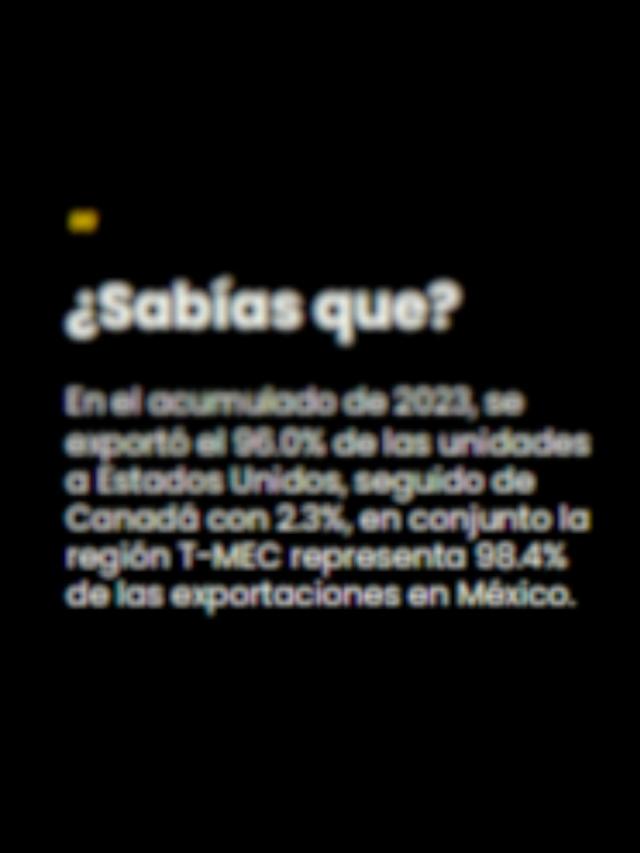 The expansion to the Cuyutlán lagoon, as proposed by the current federal government, is the solution to the operational problems facing the port of Manzanillo, said Jorge Lecona, executive director for Latin America and the Caribbean of Hutchison Ports , one of the largest port operators in the world.
The expansion to the Cuyutlán lagoon, as proposed by the current federal government, is the solution to the operational problems facing the port of Manzanillo, said Jorge Lecona, executive director for Latin America and the Caribbean of Hutchison Ports , one of the largest port operators in the world.
“Manzanillo’s only solution is to develop the Cuyutlán Lagoon, and it must be done as quickly as possible, because it is causing congestion problems and is a waste of resources. These are penalties that take away cargo and ultimately end up in convenience stores, which significantly increases the cost of the port,” the executive stated.
During his participation in the IV National Forum on Transportation Infrastructure , organized by the College of Civil Engineers of Mexico (CICM) , he said that a governance forum is already being sought to address this situation, “because while infrastructure is difficult to develop and takes a lot of time, it can still greatly improve the processes.”
He recalled that the construction of the port of Manzanillo was planned, however, the development of the industry and the new capacity of the ports meant that “it became too small, and another mistake was not stopping the urban sprawl.”
Lecona also noted that ships measuring 400 meters are now being received in Manzanillo, which has complicated the port’s draft, and the current port design is 20 meters deep.

Unlike Manzanillo, he noted that the port of Lázaro Cárdenas in Michoacán has “very generous” docks and yards, allowing it to accommodate these types of vessels without any problems.
“What I’m trying to say is that while we initially made mistakes in our planning because we didn’t have a crystal ball for predicting what would happen in the future, we now know that gigantism is coming; it’s designed with those standards. Today, the port of Lázaro Cárdenas, starting from scratch, handles more than two million TEUs (20-foot containers) annually,” he emphasized.
Regarding the recent operational problems at the port of Manzanillo, he stated that there is congestion, with container stays increasing to 10 or 12 days, compared to the normal five or six days.
“A truck congestion that is a loss for truckers is a lot of problems, but this issue has already prompted authorities and users to propose processes for improvement,” Lecona said.
It’s worth remembering that workers at the Manzanillo customs office demonstrated twice in mid-May, paralyzing the entry and exit of transport vehicles from the port in protest of poor working conditions and unjustified dismissals since Captain Rodolfo Torres Chávez took over the customs office a month earlier.
In response, on June 2, Mexico’s National Customs Agency (ANAM) held a meeting with the business and logistics sectors to present the work carried out to resolve the operational problem that arose at the country’s main maritime hub in the Pacific.
Meanwhile, Antonio Moreno Gómez, president of the Mexican Association of Port, Maritime and Coastal Infrastructure (AMIP) , considered that leaving the city complicates operations and the work, so what they are looking to do in Cuyutlán would help resolve this situation.
“More logistics infrastructure is needed for the clearance of goods, and these departures are linked to customs inspections, but we need to find ways to facilitate the clearance of goods,” Moreno asserted.
Comment and follow us on X: @evandeltoro / @GrupoT21















